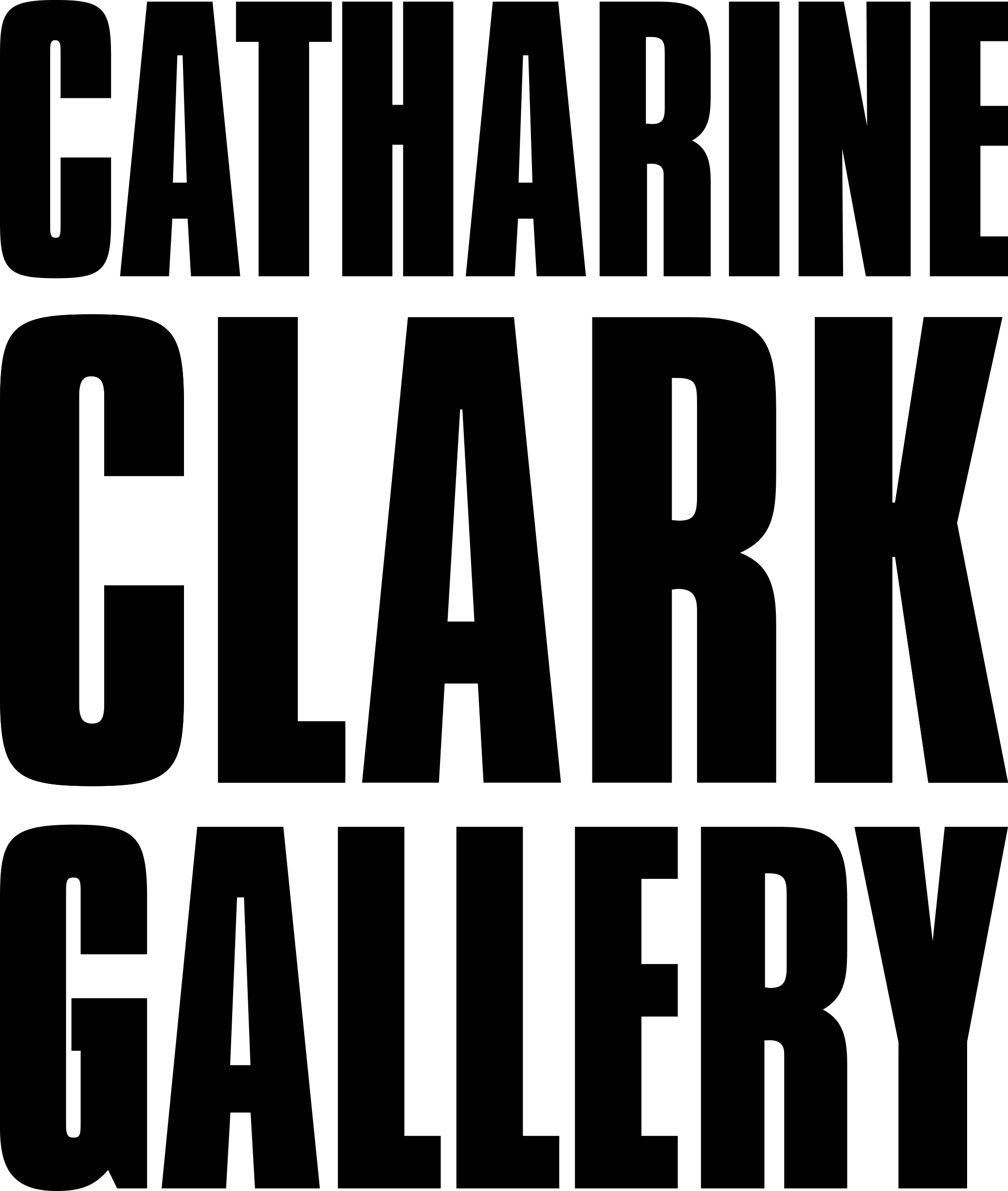Masami Teraoka’s art confronts the world’s horrors with opulent beauty and surgical satire. Across six decades, he has wielded painting as a form of defiance—melding Eastern and Western iconography to expose hypocrisy, mourn injustice, and demand reckoning. Whether depicting the AIDS crisis through ukiyo-e parody or casting Renaissance-style saints in tales of modern corruption, his work insists that no aesthetic tradition is too sacred to subvert, and no political wound too dangerous to depict.
In Masami, paintings function as visual protests—unflinching responses to the most urgent and often suppressed issues of our time: religious abuse, environmental collapse, censorship, cultural imperialism, gender inequality, and the slow, deliberate erosion of civil rights. These aren’t distant themes of a bygone era. As authoritarian ideologies reassert themselves globally, Masami’s work feels less like archival commentary and more like prophecy.
Masami’s layered compositions don’t just ask to be viewed—they demand to be decoded. Beneath the gilded surfaces lie stories of resistance, grief, survival, and complicity. Through surreal juxtapositions and historical echoes, he collapses time, making visible the continuum of violence and the cyclical nature of power. Through Masami’s vision, we’re asked to look again—at history, at ourselves, and at what we allow to go unseen.


